User Experience (UX) Processes and Their Role in Digital Transformation
Introduction
In the rapidly evolving landscape of modern business, digital transformation has emerged as a pivotal force, reshaping industries and organizations across the globe. This transformative process entails the integration of digital technologies into all aspects of a business, revolutionizing operations, customer interactions, and service delivery.
One important aspect of the success of digital transformation efforts is the concept of user experience (UX), a discipline that places users at the heart of product and service design. By putting the user at the centre of digital initiatives, organizations can elevate their competitiveness, build strong customer relationships, and navigate the ever-changing technological landscape with agility and foresight.
Integrating UX processes into the fabric of digital transformation enhances the quality of products and services and instils a culture of continuous improvement and innovation. As we embark on this journey of discovery, we unravel the key elements of UX methodologies and their tangible influence on shaping tomorrow's digital landscape. Through a user-first approach, businesses can unlock the full potential of digital transformation and secure their position at the forefront of a dynamic and customer-centric future.
Digital Transformation
Digital Transformation is utilizing digital technologies to fundamentally change and enhance various aspects of an organization's operations, processes, activities, and customer experiences. It involves integrating digital tools, technologies, and strategies to drive the organisation's innovation, efficiency, agility, and growth.
User Experience (UX)
User Experience (UX) refers to users' overall experience and satisfaction when interacting with a product, platform, or service. UX focuses on understanding users' needs, preferences, and behaviours to design digital products/platforms and services that are intuitive, effective, and enjoyable to use.
Standard User Experience(UX) Processes
Here is the standard UX process we follow for most of our digital engagement projects. These processes are often fine-tuned for specific industries or use cases.
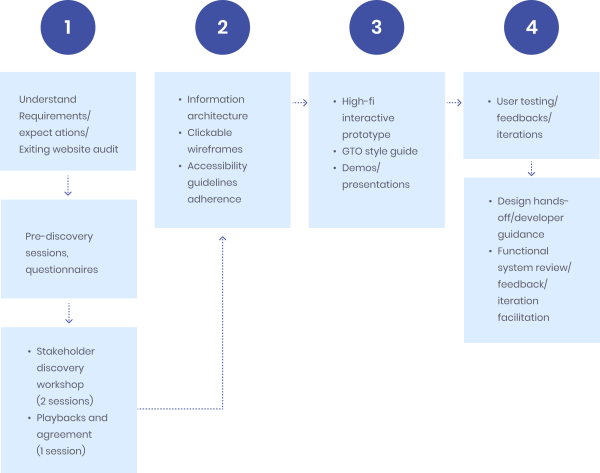
1. Stakeholders Workshops
These workshops will be conducted with the business stakeholders to understand their needs and expectations from the digital platform. These workshops can be planned 1-1 with specific department stakeholders or collectively with all departments stakeholders, which will be essential to understand their needs and expectations.
2. User Interviews
These interviews will be conducted with real users who will use the digital platform, which helps to understand their expectations. We can set up a questionnaire to run through these interviews, and based on their responses, further questioning can be done to understand their perspective. These interviews can be held individually or in groups of 4-5 users.
3. Task Analysis
Task analysis refers to the process of breaking down a complex task or activity into smaller, more manageable steps. It is a research technique to understand how users interact with a system or interface to accomplish specific goals or tasks. The primary objective of task analysis is to gain insights into user behaviour, identify pain points, and inform the design of user-friendly and efficient digital experiences.
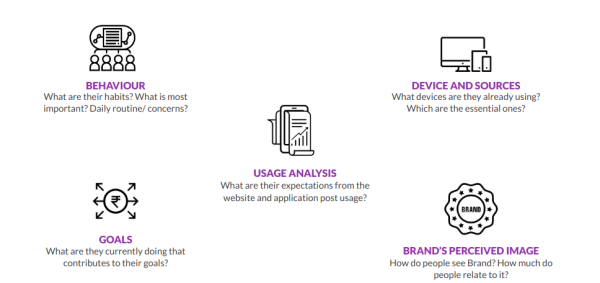
4. User Personas
Based on insights gathered during user research processes, UX experts will do user profiling into multiple fictional characters (personas) to represent the User types we should be designing for.1
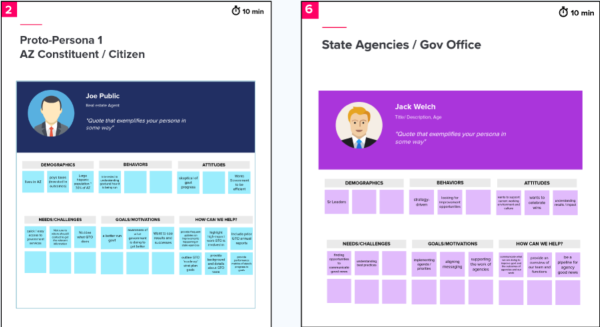
5. User Journeys
Journey creation will further help understand how a user uses the platform. Successful journeys must be focused on a clear business goal, well communicated in the organization, and truthful to user needs. Depending upon business goals, several journeys can be created to serve the user's needs. 2
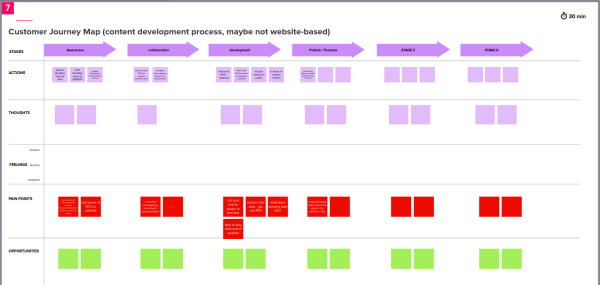
6. Information Architecture
Information architecture aims to create a logical and intuitive structure that enables users to find information easily, understand its relationships, and accomplish their goals within the digital product or system. It encompasses the navigation design and the overall hierarchy of information.
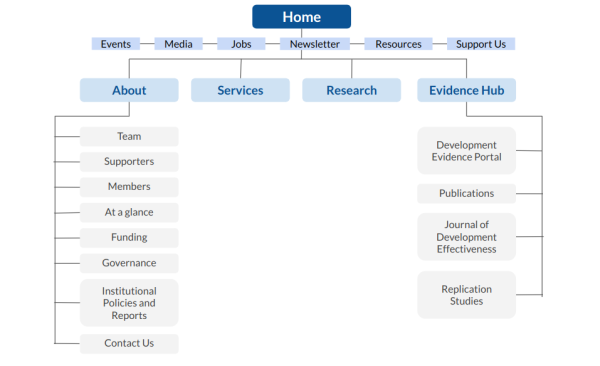
7. Wireframes
Wireframes are low-fidelity, simplified, and often grayscale or black-and-white representations that focus on the structure, layout, and placement of elements without going into visual details such as colors, typography, or images. Wireframes serve as a blueprint or a visual guide for the design and development of digital platforms, allowing designers, developers, and stakeholders to understand and communicate the intended structure and functionality of the interface.
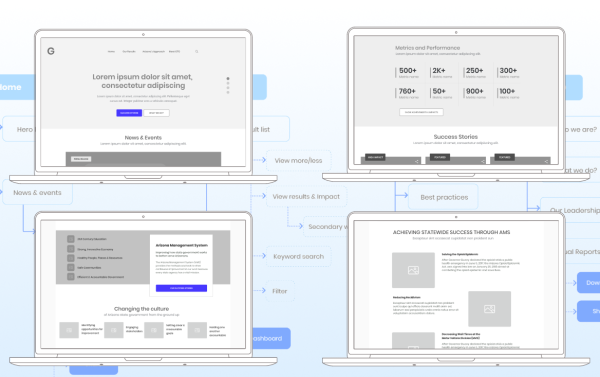
8. Clickable Prototyping
Clickable prototyping is a technique used in UX design and development to create interactive prototypes that simulate a digital interface's functionality and user interactions. Unlike static wireframes or mockups, clickable prototypes allow users to interact with the prototype by clicking on elements, navigating through screens, and experiencing the flow of the user interface.
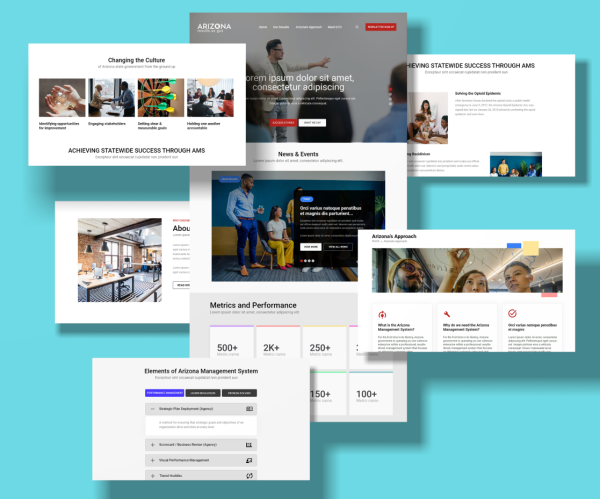
Multiple tools can help create wireframes and clickable prototypes, such as Adobe XD, InVision, and Figma.
9. User Experience Measurement
While we implement standard practices to derive a good user experience on the digital platform, it is very important to measure the implementation and do the course correction if required. These measurement checks can be done using Clarity, Hotjar, and Google Analytics. E.g., Hotjar provides an interface to conduct surveys, and video recordings to check the user journey implemented. 3 Using Heatmap, you can understand the usage of components/elements on the digital platform. Google Optimize provides an A/B testing feature that helps to derive better engagement on the important elements of the digital platform. There are many more tools available that can provide these features. 4
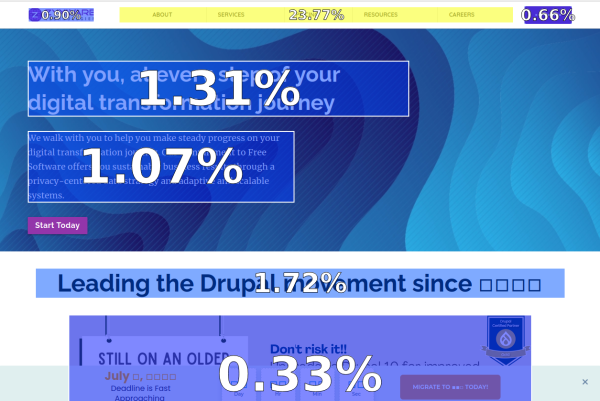
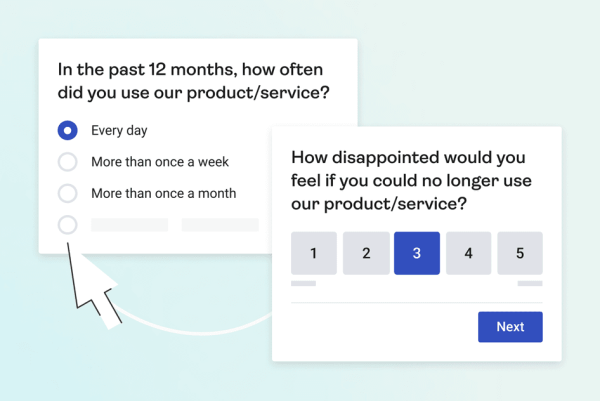
Survey template example
(image credit: https://www.hotjar.com/survey-templates/)
The Role of UX in Driving Successful Digital Transformation
Digital transformation and user experience (UX) are closely interconnected as they improve and enhance how businesses and users interact with technology. UX is pivotal in achieving the digital transformation's objectives and ensuring its success. This section will explore how UX processes contribute to and align with digital transformation efforts, creating seamless and user-focused digital experiences that drive growth and customer satisfaction.
1. User-Centric Design
Both digital transformation and UX are built on a user-centric approach. Digital transformation seeks solutions that meet users' needs and preferences, driving engagement and customer satisfaction. UX processes, such as user research and persona development, provide valuable insights into user behaviour, enabling digital transformation initiatives to tailor to user requirements effectively.
By empathizing with users, conducting user research, and creating user personas, organizations can develop digital experiences that align with users' goals, leading to higher adoption rates and customer satisfaction.
2. Driving Adoption and Engagement
A core objective of digital transformation is to drive user adoption and engagement with newly implemented technologies and digital products. A positive user experience is crucial in achieving this goal. Organizations can ensure that their digital offerings are user-friendly by employing UX processes like user journey mapping, usability testing and iterative design, resulting in higher adoption rates and improved user engagement.
This helps organizations understand user behaviour, pain points, and opportunities for improvement. By conducting usability testing and incorporating accessibility guidelines, organizations can make their digital solutions accessible to a wider range of users, including those with disabilities. This improves user satisfaction and ensures compliance with accessibility standards and regulations.
3. Continuous Improvement
Both digital transformation and UX embrace a culture of continuous improvement. Digital transformation initiatives evolve, responding to changing market demands and user needs. Similarly, UX processes follow iterative design principles, constantly refining and enhancing digital products and services based on user feedback and emerging trends. Integrating UX processes into digital transformation ensures that digital offerings remain relevant and valuable to users in a dynamic environment.
4. Data-Driven Decision Making
Both digital transformation and UX rely on data-driven decision-making processes. Organizations can adapt to user needs, market trends, and business requirements by continuously iterating and improving digital solutions based on user insights. UX processes, including data analytics and user feedback, help validate design choices, identify pain points, and optimize digital solutions for better user experiences.
Organizational Alignment
Achieving successful digital transformation requires cross-functional alignment within an organization. UX processes encourage collaboration between different teams, such as designers, developers, marketers, and business stakeholders. This alignment ensures that all departments work cohesively to deliver digital solutions that align with the organization's transformation goals and provide positive user experiences.
Conclusion
User Experience (UX) is important in digital transformation as it enhances customer experiences using user research processes and practices, drives adoption and engagement, improves usability and efficiency, helps gather data about users to make data-driven decision-making, and fosters continuous improvement and innovation. Organizations can achieve successful digital transformation by prioritising UX by delivering valuable and user-friendly digital experiences.



